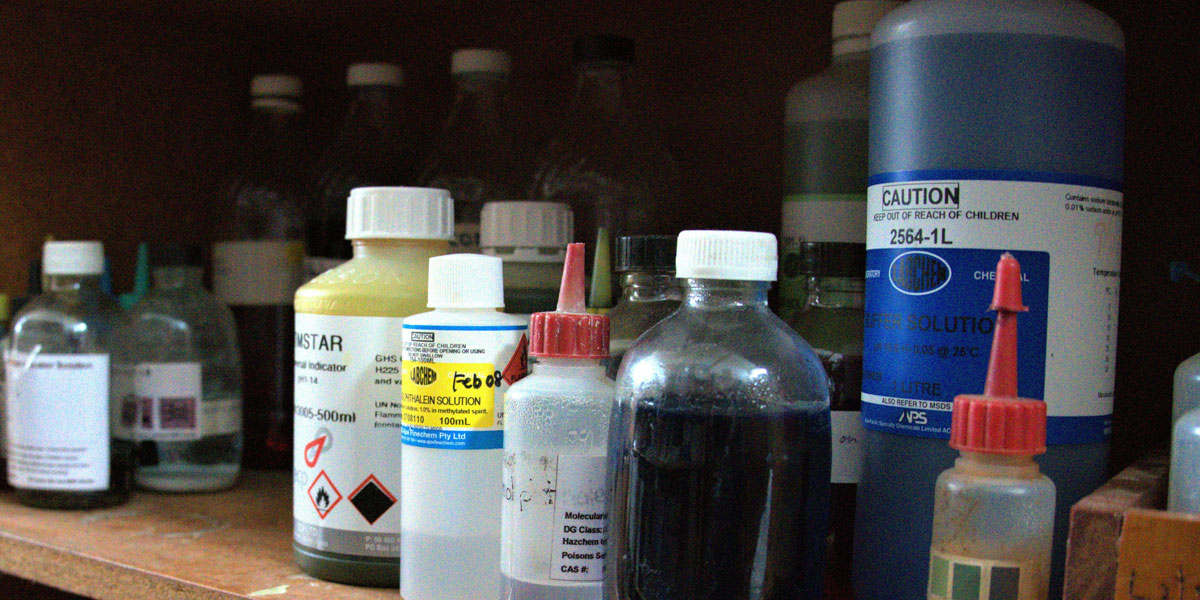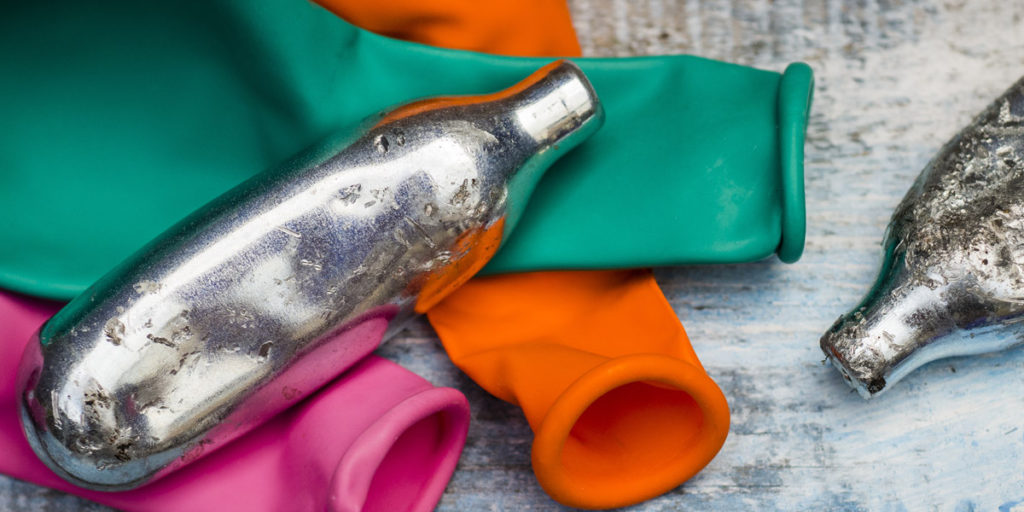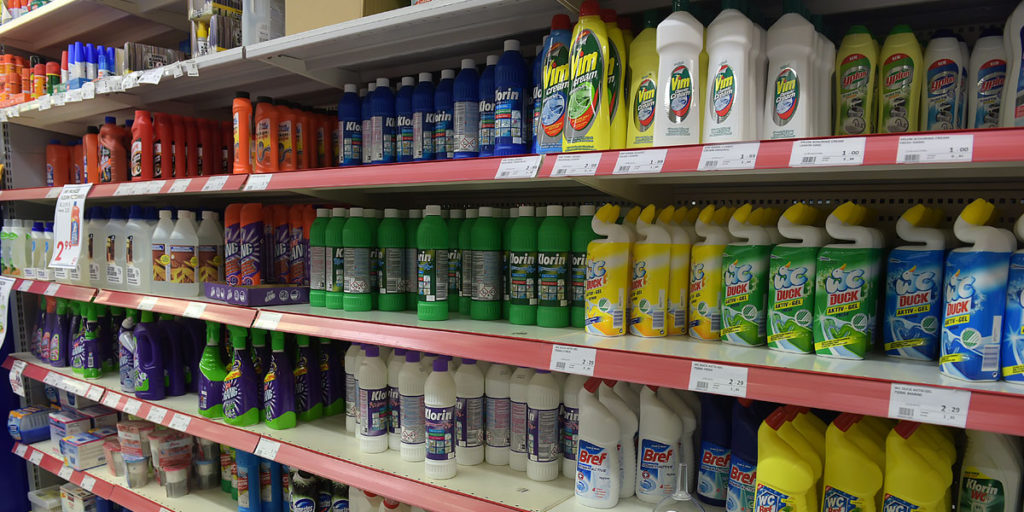Inhalant Drugs: Facts, Effects, and Risks

A 2010 National Survey on Drug Use and Health (NSDUH) revealed 793,000 individuals aged 12 or older had used inhalants for the first time within the past 12 months.
What Are Inhalants?
Although various substances can be misused when inhaled, inhalants are multiple substances that produce chemical vapors which individuals inhale to induce mind-altering effects.
The term inhalants describe a broad range of chemicals, rarely ever consumed by any other route than inhalation. This definition includes many substances that may produce different effects and can be found in many different products. As a result, precisely categorizing it is challenging.
However, established on the forms in which they are available in household, industrial, and medical products, there are four main types of inhalants. They include:
Solvents
Solvents, also referred to as volatile solvents, are liquids that vaporize at room temperature. These chemicals are in various inexpensive, readily available typical household, medical, and industrial products, including:
- Paint thinners or removers
- Dry cleaning fluids
- Gasoline
- Lighter fluid
- Art and office supplies such as White-Out, marker fluid, and glue
Aerosol Sprays
Aerosols are household sprays that contain solvents and a propellant, such as compressed gas. These items include:
- Spray paints
- Hair sprays
- Deodorant sprays
- Vegetables oil sprays
- Computer cleaning products
Gases
Gases include the fumes found in commercial and common household products as well as medical anesthetics. Nitrous oxide, commonly called “laughing gas,” is the most abused type of gas.
When used as a recreational drug, nitrous oxide or “hippie crack,” the street name for the gas, can be found inside cartridges of whip cream dispensers. These cartridges, referred to as “whippits” among people who use inhalants, are increasing nitrous oxide use because of their convenient and inexpensive source. However, nitrous oxide abuse is known to cause a vitamin B12 deficiency amongst various other harsh physical symptoms.
Common household or commercial products containing gas include:
- Butane lighters
- Propane tanks
- Whipped cream dispensers (inhale whippits)
- Refrigerants
Medical anesthetics include:
- Ether
- Chloroform
- Halothane
- Nitrous Oxide

Nitrates
Most inhalants interact with your central nervous system, except nitrates, which dilate and relax blood vessels. Additionally, they are used for their mind-altering and euphoric effects, while nitrates are used primarily as sexual pleasure enhancers.
Nitrate inhalants include:
- Cyclohexyl nitrate
- Isoamyl (amyl) nitrate
- Isobutyl (butyl) nitrate
Amyl nitrate was a prescription medication to treat heart or chest pains. Now, all nitrates are banned by the Consumer Product Safety Commission but are still sold in small brown bottles labeled as:
- Room odorizer
- Leather cleaner
- Video head cleaner
- Liquid aroma
Common Slang Terms
Some common street names for several types of inhalants include:
- Poppers
- Bold
- Laughing gas
- Rush
- Snappers
- Whippits
How Are Inhalants Used?
Inhalants can be breathed in through the nose or mouth in many ways, such as:
- “Sniffing” or “snorting” fumes from their containers
- “Bagging,” sniffing, or inhaling fumes from substances inside paper or plastic bags
- “Huffing” from a rag soaked in a type of inhalant
- Spraying aerosol straight into the nose or mouth
- Inhaling from balloons filled with nitrous oxide
The most potent inhalant intoxication is achieved through “bagging” and “huffing,” thus making these forms the most common and preferred. The effects of inhalants only last a few minutes; therefore, users often try to lengthen the high by inhaling continually over several hours.

Effects
Inhalants produce effects like alcohol because they depress the central nervous system and slow down brain activity similarly. Several brain regions are involved in the intoxicating, numbing, and reinforcing symptoms of different inhalants.
Most inhalants provide a rapid high, with initial effects of euphoria followed by:
- Drowsiness
- Loss of inhibition
- Dizziness
- Lightheadedness
- Agitation
Almost all solvents and gases produce a loss of sensation, and if enough is inhaled, inhalant abusers may experience memory loss that can lead to unconsciousness.
Chemicals found in gases, aerosol sprays, and solvents can induce a variety of effects linked to inhalant use, including:
- Nausea
- Loss of appetite
- Headache
- Distorted or slurred speech
- Lethargy
- Belligerence
- Depressed reflexes
- Muscle weakness
- Stupor
High doses can cause hallucinations, delirium, and confusion.
Inhaled nitrates, which, unlike other inhalants, increase heart rate and dilate blood vessels produce effects including:
- A sensation of heat
- Excitement
- Flushed skin
- Dizziness
- Headache
Additionally, nitrate abuse is often for sexual pleasure and performance, leading to unsafe sex practices and other risky behaviors and increasing the risk of a sexually transmitted disease (STD) such as HIV/AIDS.
Long-Term Effects
Prolonged inhalant abuse causes long-term side effects, including:
- Liver and kidney damage
- Hearing loss
- Loss of coordination
- Limb spasms (from nerve damage)
- Bone marrow damage
- Delayed behavioral development (from brain damage)
Research shows that inhalants are significantly toxic, and perhaps the most alarming side effects of chronic use are permanent brain damage and harm to the nervous system.

What are the Medical Risks of Inhalant Abuse?
According to the National Institute on Drug Abuse (NIDA)’s research report, approximately 100-200 deaths in the United States per year are related to inhalants.
The chemicals in inhalants are highly concentrated, and, aside from brain damage, they can cause irregular and rapid heart rhythms that lead to heart failure and death within minutes of extended use. This is known as “sudden sniffing death,” which can happen from a single use by a healthy person.
Abuse can also lead to death by:
- Suffocation – from blocking air from entering the lungs when inhaling from a plastic or paper bag over the head
- Asphyxiation – from continuous inhalations which do not allow enough oxygen into the lungs
- Seizures – from inhalations causing abnormal electrical activity in the brain
- Coma – from the brain shutting down
- Choking – from inhaling vomit after use
- Injury – from accidents, like car crashes while driving intoxicated
Inhalant Addiction
Although it is not common, chronic use of inhalants can cause addiction, and because of this, stopping use can cause withdrawal symptoms, such as:
- Sleeping problems
- Mood changes
- Loss of appetite
- Nausea
- Sweating
Addiction Treatment
Inhalants, nitrous oxide, or any drug abuse can be managed with the right treatment program. If you or a loved one is seeking rehabilitation, detox can be the most stressful part.
Our medically supervised detox program at Northridge Addiction Treatment center ensures a calm and comfortable environment with around-the-clock medical care to relieve withdrawal symptoms.
NATC integrates its detox program with a unique treatment plan tailored to every resident’s needs. Comfort and safety in a nurturing environment can foster your confidence for lasting recovery.
Call today to speak with one of NATC’s compassionate admission specialists.
Find Meaningful Recovery
Our caring and compassionate specialists are eager to help you comfortably navigate this journey to recovery. Our individualized treatment plan, programs, and therapies may be a perfect match for you or your loved one. Let us assist you in living the happy life you deserve. It starts with a phone call.




